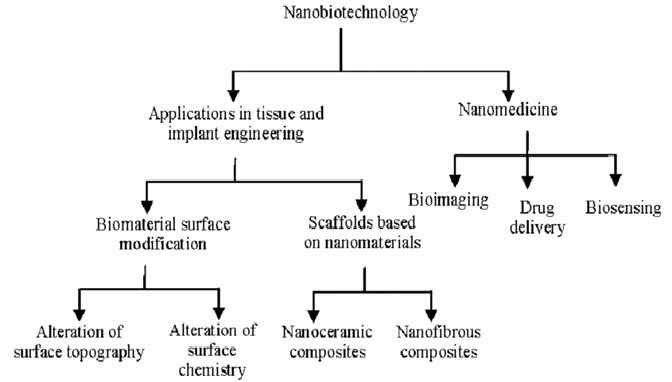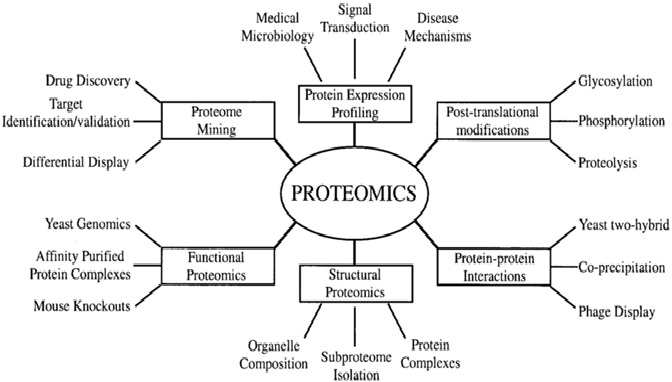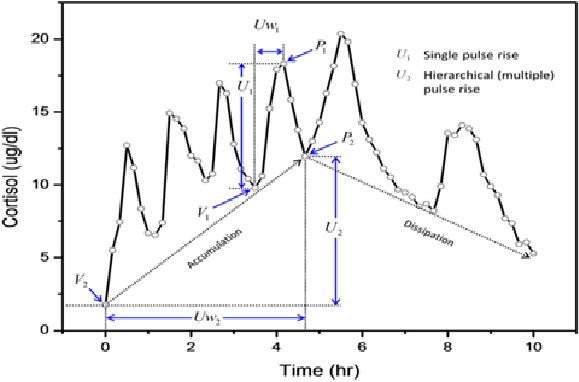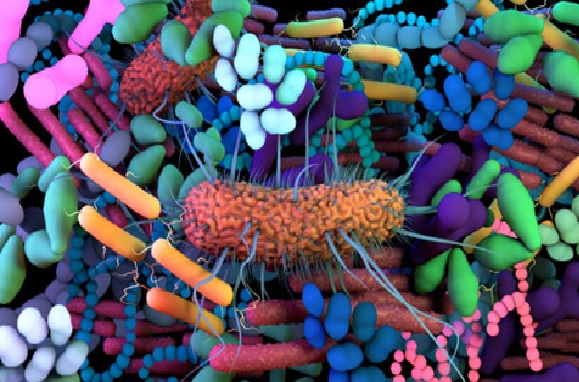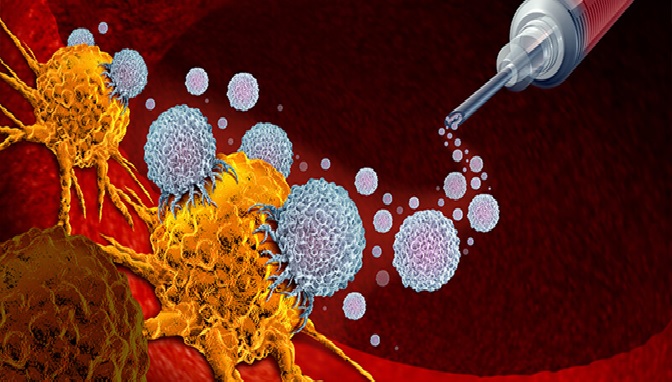Bioremediation
Bioremediation is the process of using living organisms, usually bacteria or fungi, to remove or neutralize contaminants from the environment. These microorganisms have the ability to break down or transform pollutants into less harmful or non-toxic substances. Bioremediation can be used to clean up contaminated soil, water, and air.
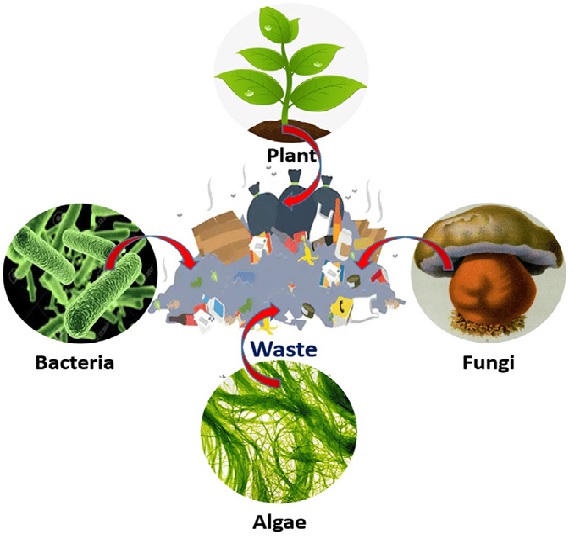
Figure 1. Bioremediation [2]
Figure 1 shows bioremediation. There are two main types of bioremediation: in situ and ex situ. In situ bioremediation involves treating the contaminated material in its original location, while ex situ bioremediation involves removing the contaminated material to a different location for treatment.
Advantages of Bioremediation
Bioremediation offers numerous advantages over other cleanup methods. By relying solely on natural processes, it minimizes damage to ecosystems. Bioremediation often takes place underground, where amendments and microbes can be pumped in order to clean up contaminants in groundwater and soil. Consequently, bioremediation does not disrupt nearby communities as much as other cleanup methodologies. [1]
The bioremediation process creates relatively few harmful byproducts (mainly due to the fact that contaminants and pollutants are converted into water and harmless gases like carbon dioxide). Finally, bioremediation is cheaper than most cleanup methods because it does not require substantial equipment or labor. By the end of 2018, the United States Environmental Protection Agency (EPA) had brought bioremediation activities to a total of 1,507 sites. [1]
Some examples of bioremediation techniques include:
- Biostimulation: This involves adding nutrients or other substances to the contaminated material to enhance the growth of naturally occurring microorganisms that can degrade the pollutants.
- Bioaugmentation: This involves adding microorganisms, such as bacteria or fungi, to the contaminated material to enhance the biodegradation process.
- Phytoremediation: This involves using plants to remove pollutants from soil or water. Plants can take up and break down contaminants or stabilize them in their tissues.
- Bioreactors: These are systems that use microorganisms to treat contaminated water or air. The microorganisms are grown in a controlled environment, such as a tank or chamber, and are used to degrade the pollutants.
- Mycoremediation: This involves using fungi to break down pollutants. Fungi have the ability to break down complex organic compounds, such as polycyclic aromatic hydrocarbons (PAHs) and chlorinated solvents.
- Composting: This involves using microorganisms to break down organic waste, such as food scraps and yard waste, into a nutrient-rich soil amendment.
Bioremediation has several advantages over other methods of environmental cleanup, including its cost-effectiveness, sustainability, and ability to treat a wide range of contaminants. However, it may not be appropriate for all types of contamination or in all situations, and careful monitoring and management are required to ensure its effectiveness.
References:
- https://www.investopedia.com/terms/b/bioremediation.asp
- https://www.researchgate.net/figure/Illustration-of-bioremediation-principle_fig1_340267415
Cite this article:
Hana M (2023), Bioremediation, AnaTechMaz, pp.123








